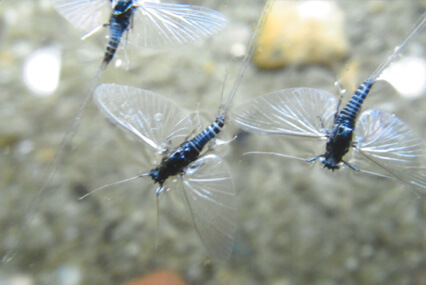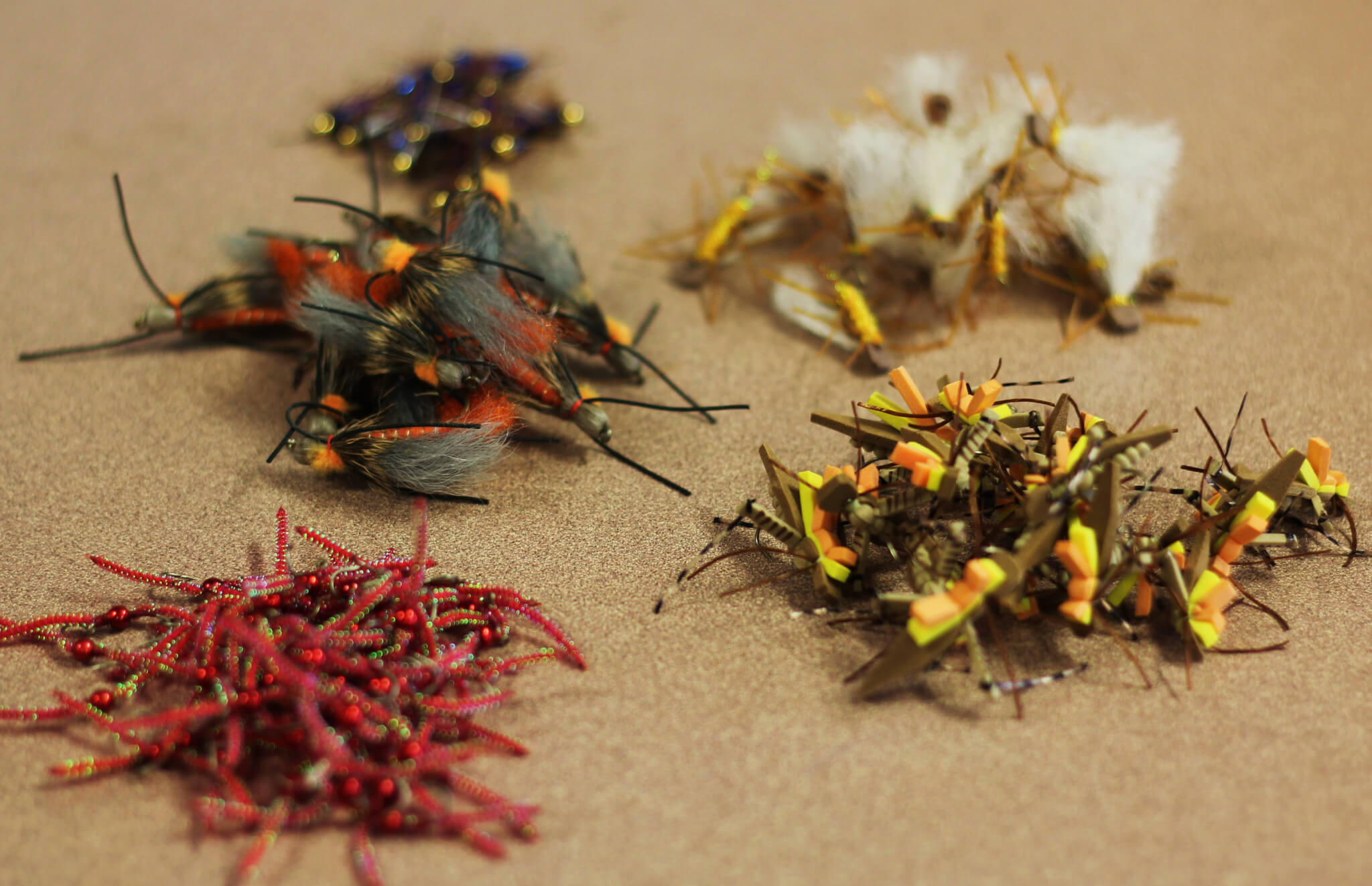5 Tips for Fly Fishing the Pale Morning Dun Hatch

-Tip #1 Pick Your Fish
It’s easy to get excited when you come across a pod of 25 fish rising to Pale Morning Duns in Montana. The temptation is to just chuck your fly into the middle of those fish, and watch them eat. Except you probably won’t watch them eat. Just because there are a lot of rising fish, that doesn’t mean the rules of fly fishing have changed. Trout have feeding lanes, and the fly must be in that lane to be taken. So even when you have lots of risers, pick one, and fish to it. You’re catch rate will go up with a focused approach.
-Tip #2 Find the Newcomer
When you’re working a pod of established risers feeding on PMD’s, it can get a bit frustrating. The established fish have found their groove, and are focused on a specific phase of the hatch, and are set in their ways. Watch the pod carefully, and when you see a fish starting to rise in a place where there has been no riser, hit that fish immediately with a cast. That newcomer hasn’t had time to get established, hasn’t had time to settle in. Give that trout a chance to make a mistake before they find their comfort zone.
-Tip #3 Read the Rise Forms
The Pale Morning Dun nymph is a very slow emerger. They often struggle at the surface film, as their thorax slowly splits down the middle and the wings slowly extend out. The trout will often key on this stage. As they take the emerger, the trout’s back exits the water, but they’re not taking flies on the surface. If you see this rise form, drop a Split Wing Emerger about 4” off your dry fly. The short dropper length keeps the nymph just below the surface, and will take those trout not fully coming to the surface.
-Tip #4 PMD’s Love Soft Insides
When a river makes a turn, there is always a soft inside. This can be described as nervous water on the inside of the river bend. It’s not always easy to see trout rising in that diamond chop water, unless you look for them! For those used to the classic concentric circle rise form, it won’t be found here. But examine those soft insides carefully, as the PMD’s like to emerge there, and the trout love the cover the chop gives them.
-Tip #5 Pay Attention to Size
There are two separate species of flies we call Pale Morning Dun in Montana. One is a size 14, and the other is a size 18. The size 14 hatches earlier in the season, while the size 18 hatches at the end of the PMD season. But there is a time in the middle of the hatch when both species will hatch simultaneously. When they’re hatching together, the fish will key on one of the species. Pay attention to the size of the flies that are floating past you, that will tell you the size of the fly to tie on. Keep your eye on the size of the natural, and then adjust your flies accordingly.

